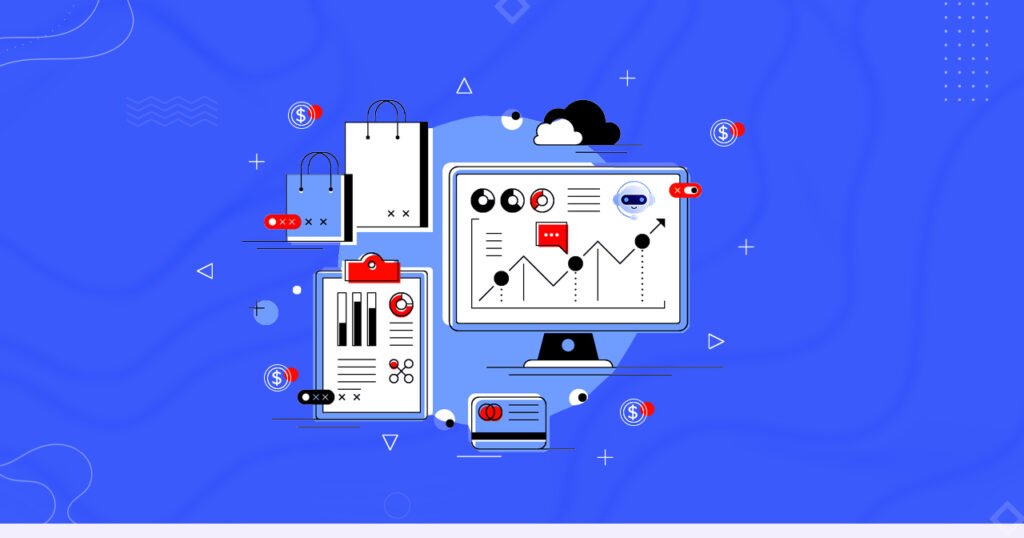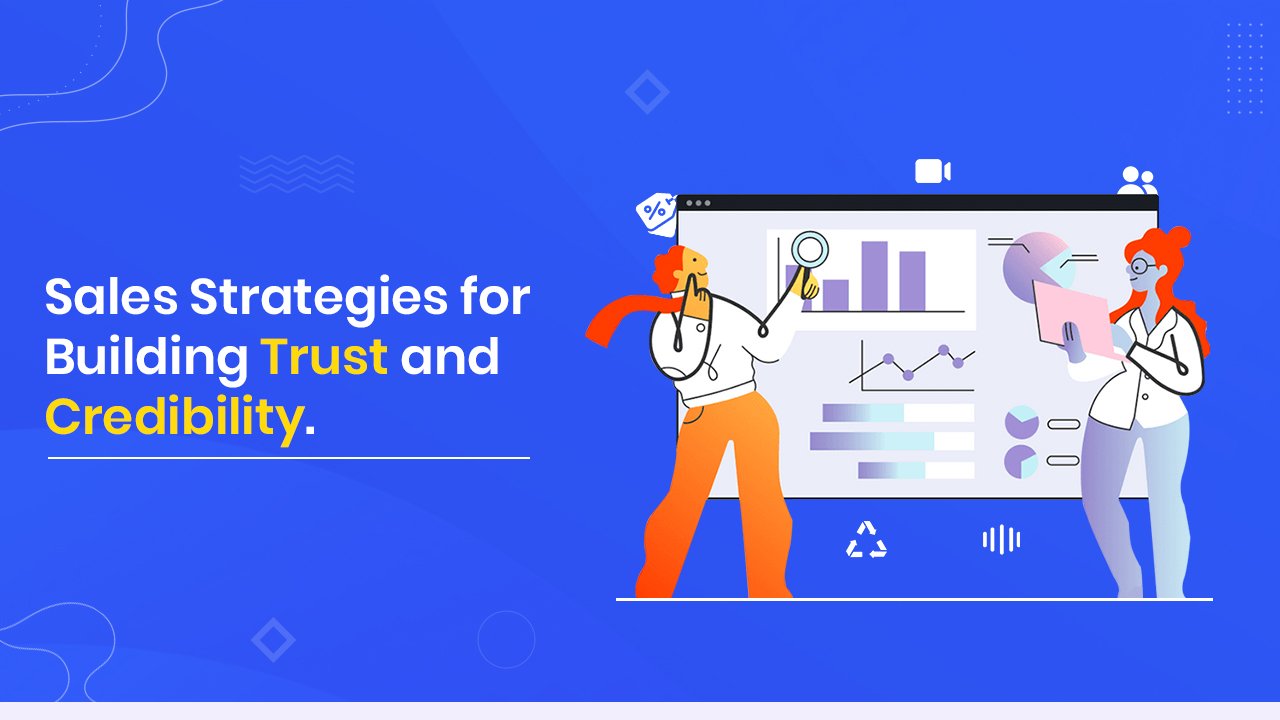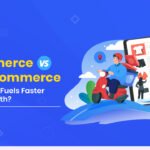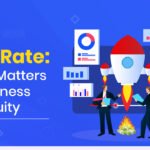Changes in Sales and Marketing Scenarios
20 years ago, the buying process was different; it was more people dependent. Billboards, telephone diaries, sales calls, kiosks, and outreach programs were the common ways to learn about products. Today it is easy to reach the brands and know more about them through ads, social media, and other online platforms. Unlike a few years ago, the decision-making process is in the hands of the consumer.
As 2025 rolls up, the sales and marketing landscapes have also seen a sea change. Strategies for sales and marketing need to be dynamic and constantly evolving to meet customer expectations. Any good sales and marketing team needs to keep a finger on the pulse of customer behavior to form strategies that will capture and retain the consumer interest.
Strategies for Sales and Marketing must encompass seamless omnichannel experiences, processes to build trust with transparent practices, using data and automation strategically and dynamically, and so much more. Most people will do the background research, read the reviews, and connect with other users before they even think of leaving a query with the brand. Successful strategies for sales and marketing modify themselves with the shift instead of being rigid.
Here we discuss five innovative and actionable strategies that will dominate 2025 and help businesses excel.
1. Leveraging AI for personalization of Sales and Marketing

Personalized experiences are what that retains the customers with you. Generic marketing is a thing of past. Data and technology driven strategies for sales and marketing will reign supreme in 2025. More than 71% of modern consumers expect personalization. Data analysis is one of the most exciting uses of AI, and it helps streamline the workflow and support the customers by helping formulating strategies for sales and marketing.
How to use it
- Harness the power of artificial intelligence in your sales and marketing strategies to get a detailed insight into customer behavior, preferences, demographic information, what resources they have downloaded, what links they have clicked, which emails were opened and purchase history to tailor the content.
- Use AI-enabled chatbots for real-time interactions for personalized recommendations.
- Use the AI and big data inputs to formulate adaptive campaigns where you can change the content based on user interactions and choices.
- Use predictive analysis to equip the sales team with the data to predict customer needs and segment high-potential leads.
- Give your consumers a choice of how they want to interact with the business: email, live chat, phone or any other medium.
- Remember the times they prefer for interactions.
- Ask for customer feedback regularly for more personalization and know what is working.
- Personalized transactions deliver six-times higher transaction rates; therefore program your strategies for sales and marketing to address the prospects and customers by their name.
2. Seamless hybrid shopping experience
In 2025, hybrid shopping will be the norm. The customer expects seamless online and offline engagement and experience (at all touchpoints). Most consumers make a list of questions and solutions before they get in touch with a sales rep. This means that your offline stores should have all the product and brand information on their tips.
How to use it?
- Use suitable CRM systems to track interactions and preferences of the customer across all touch points. Use the AI-powered tools to gather the customer data all on one page. This includes touchpoints such as online platforms, physical stores, customer support channels, phone queries. etc. to create a seamless journey.
- The strategies for sales and marketing for 2025 will combine online marketing with offline engagement. For example, in-store shopping will offer exclusive online discounts and offers.
- Include curbside pickup facilities or use AI for instore experience that will be boosted by online promotions.
- Ensure that the sales and marketing teams are on the same page and same message goes across all interaction avenues.
- Use AI geolocation features to deliver hyper-personalized promotions to in-store customers.
3. Video and voice – centric sales and marketing

2025 is all going to be about maintaining consumer attention spans and keeping your brand image on top of their minds. Platforms like Instagram Reels, YouTube Shorts, TikTok, etc. will be increasingly used to boost the engagement metrics and dominate the social scene. 68% of the consumers prefer image-based content, and 50% consumers say they want to engage with video content. 72% of customers say they prefer learning about the product or service by the way of engaging videos. 43% of consumers prefer interactive video content.
How to use it?
- Interactive videos give the customer the freedom to see the information they want and when they want. Make space in for sales and marketing plans to create brand or product centric videos.
- Shot term videos, such as product features, success stories, or behind the scenes content, gets better viewability and ROI.
- Use AI insights to post content on platforms where your audience is most active.
- Use clickable elements in the videos so that they are shoppable. Live streaming and answering questions immediately goes a long way in building consumer trust.
- You can use AI and data analytics to generate personalized videos for loyal customers and high-value leads.
- Incorporate voice searches in your strategies for sales and marketing to make the content more discoverable and rank higher in search results.
4. Leverage User Generated Content (UGC) and build community
UGC is the key to drive in brand credibility, customer loyalty, and trust. When the audience is involved in content creation, it creates a sense of belonging to the community and builds deeper connections.
How to use it?
- Give incentives to customers for sharing reviews, photos, and videos of products or services on social media.
- Share user stories on marketing channels so that the customer feels related to the brand and is encouraged to purchase more and store more.
- Create brand hashtags, social media groups, forums, etc. for customers to share experiences, and make sure that you respond to the shares. This is a great way to gather insights about the product’s effectiveness.
- Partner with influencers to amplify the reach and engagement. Use local influence marketing for greater effectiveness.
- Create easy to find content to help the buyer with their researches. This includes blog posts, product videos, case studies, FAQs, invaluable insights, etc.
5. Show commitment to sustainability and social responsibility in strategies for sales and marketing
2025 customers are going to select brands that align with their values and needs. This includes sustainability and social impact policies of the brand. Commitment to sustainability gives the brand a competitive edge. Environmental concerns take center stage and showcasing your eco-friendly initiatives helps align with the idea of conscious consumerism.
How to use it?
- Make your sustainability initiatives such as eco-friendly packaging and ethical sources transparent.
- Use social media channels to show case your environmental practices.
- Highlight the activities in your sales and marketing efforts.
- Use storytelling because stories sell and trigger the emotional responses.
Final words
In 2025, acing the sales and marketing will require being with the buyer in their journey from awareness to consideration to conversion. This requires an agile, customer first approach in the strategies for sales and marketing fueled by technology, authenticity, and purpose. By adopting the top practices, you can position your business on the road of success even in the evolving market.
Read Also: 10 Ways Sales & Marketing Will Benefit in 2025 from AI and Automation






